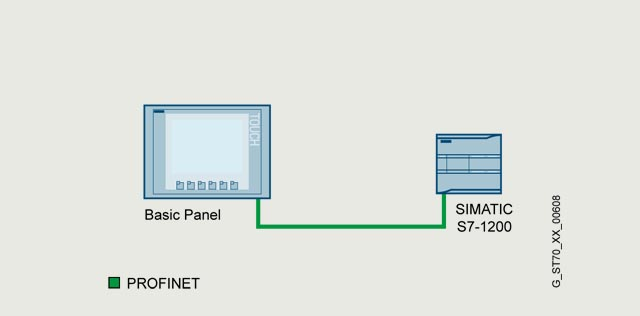
SIMATIC S7-1200 Controllers are the intelligent choice for compact automation solutions with integrated IOs, communication functions and technology functions for automation tasks in the lower to middle performance range. They are available in standard and fail-safe versions.
SIMATIC S7-1200 Controllers are the intelligent choice for compact automation solutions with integrated IOs, communication functions and technology functions for automation tasks in the lower to middle performance range. They are available in standard and fail-safe versions.
The scalable SIMATIC S7-1200 Controllers have integrated inputs and outputs as well as communication options and allow modular expansion. Digital and analog input and output modules as well as different communications and special modules enable flexible adaptation to the relevant automation task.




 Operation
Operation